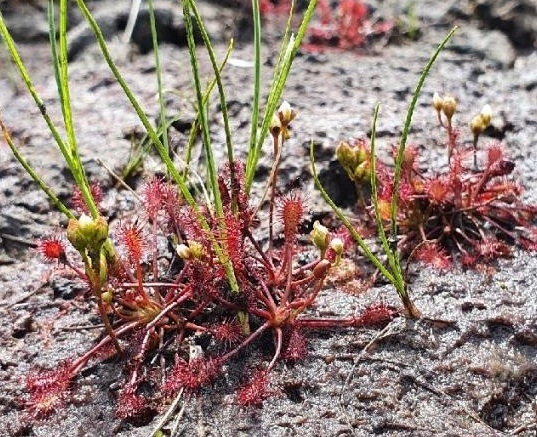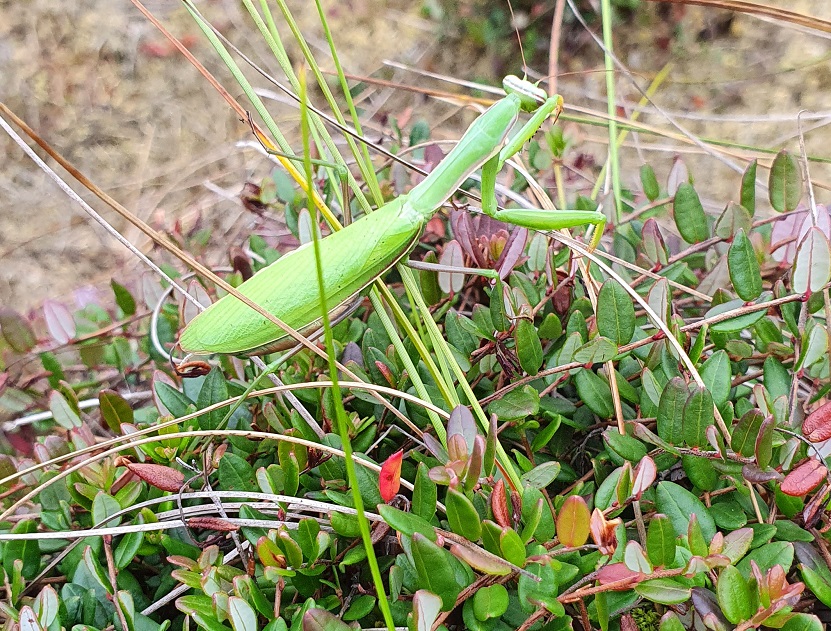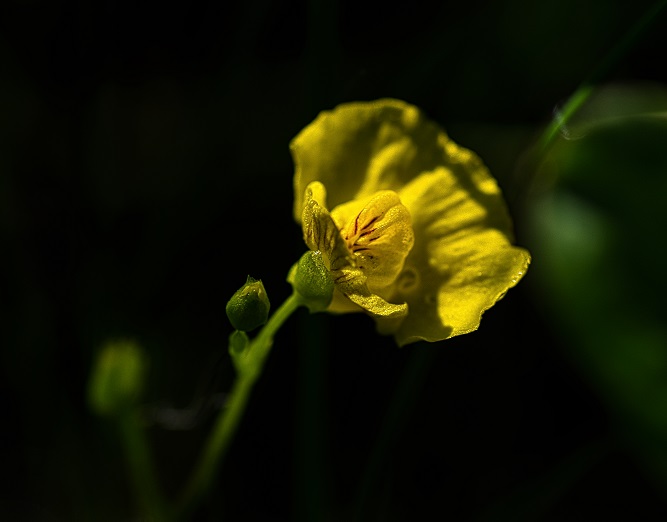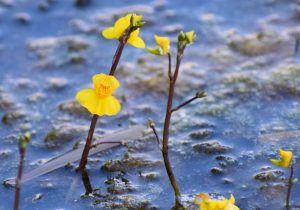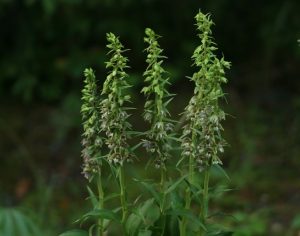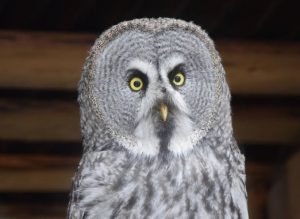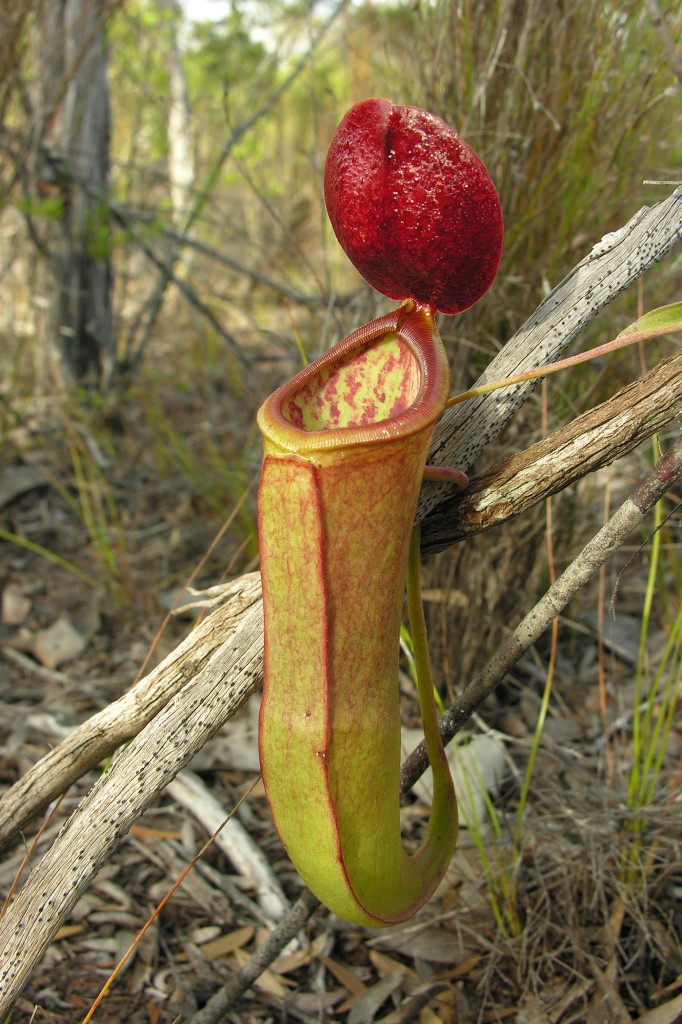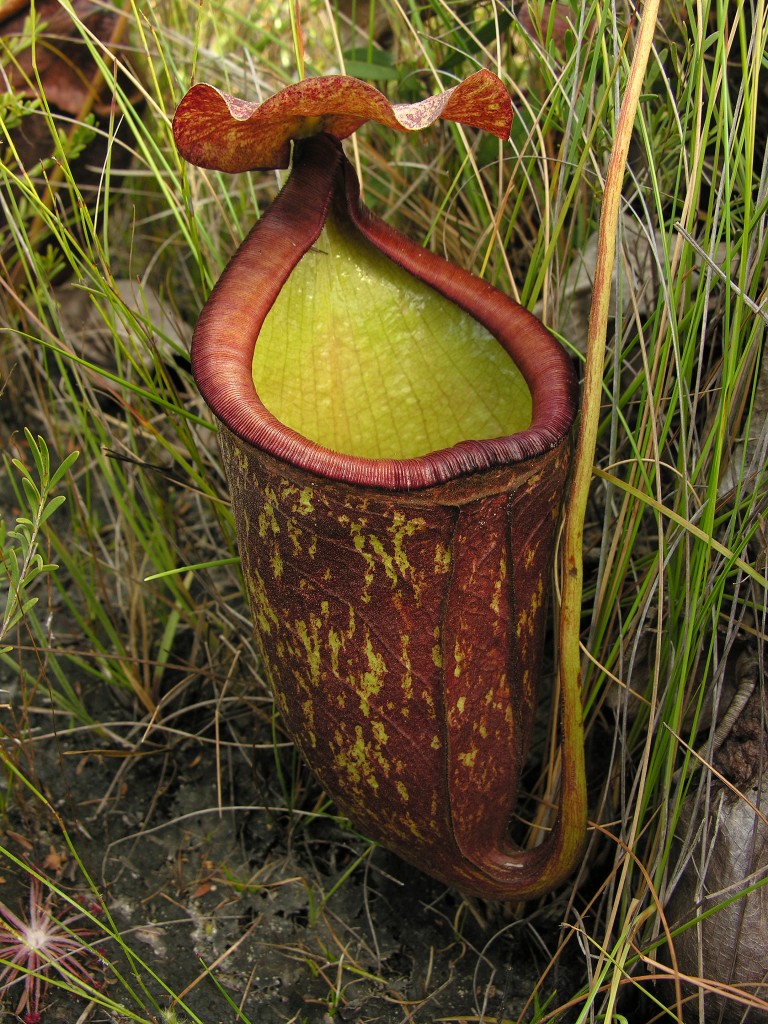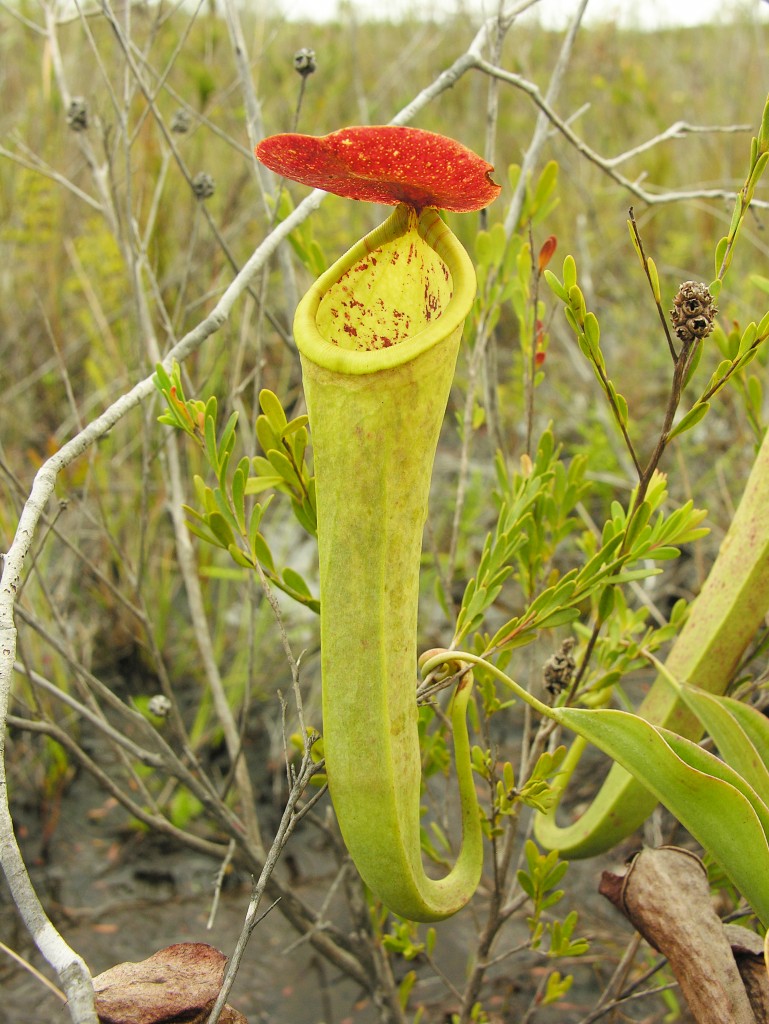In general terms, the flora and fauna of Australia displays clear differences to that of South East Asia, especially the major islands of the Sunda Shelf. This distinction in plant and animal life led the 19th century naturalist Alfred Russell Wallace to propose a theoretical boundary line to distinguish the wildlife of the two regions (the so-called Wallace Line). Yet despite the differences in plant and animal life, pitcher plants (Nepenthes) which are widespread and diverse in South East Asia, occur in the north of Australia. Three species have been discovered so far, all of which occur only in Queensland on the Australian continent. One is N. mirabilis, a widespread species which occurs north across most major islands of the South East Asian archipelago to southern China. The remaining two species are endemic to Australia, and occur nowhere else in the world.
The Nepenthes of Australia have a prominent role in the history of the exploration of Queensland. All three Nepenthes species were first observed and collected by Frank Jardine who was among the earliest European pioneers to settle the Cape York peninsula. During the late 19th and early 20th century, eleven species of Nepenthes were described from the Cape York region, although most are no regarded as synonyms of N. mirabilis or merely ecophenes of that species.
The Nepenthes of Australia remain little studied and poorly known. The widespread N. mirabilis occurs across northern Queensland, with the southernmost populations occurring to the north of Cairns. The species was actually first described as Phyllamphora mirabilis by the Portuguese priest João de Loureiro in 1790. João de Loureiro apparently studied specimens of the plant from Vietnam, but likely did not observe living plants as he suggested that the lid represented a moving part that actively opens and closes. The plant was redescribed under its current name by George Druce in 1916.
The lower traps of N. mirabilis are up to 16 cm long and 5 cm wide. The bottom third to half of the pitcher is ovate and variably swollen. Above this part, the width narrows (often with a faint hip) and becomes cylindrical towards the pitcher opeining. Wings up to 7 cm wide run down the front of the trap, and are usually lined with narrow filaments up to 6 mm long (although sometimes the filaments are lacking entirely). The peristome varies little in width around the (nearly) circular pitcher opening. The peristome is flattened or loosely cylindrical and is very variable in width. The colouration of the lower pitchers is extremely variable across this plants extremely wide range. Most N. mirabilis plants produce lower pitchers in which the exterior of the trap is pure yellowish green, yellow lined with red or purple flecks, or entirely reddish. The interior of the pitcher is usually pale yellow or yellowish green, sometimes with red or purple flecks. The peristome may be pure yellow, orangish or red, often with a dark purple, inner edge and the lid is most often yellow, lined with small purple flecks on the upper surface. In exceptional strains, the lower pitchers may be entirely blood red or dark purple. Some strains produce pitchers with a faint orangish or reddish band a few milimeters wide, on the outside of the pitcher, just below the peristome. Often this band may be sparsely lined with short hairs.
The upper pitchers are up to 24 cm long and 6 cm wide (although usually are much smaller than these maximum measurements). The bottom fifth to two thirds of the pitcher is ovate and variably swollen. Above this part, the pitcher narrows (often with a faint hip) and is cylindrical to the pitcher opening. Wings are usually reduced to narrow ridges which run down the often flattened front of the upper pitcher, but may be partly expressed. All other parts are consistent with the lower pitchers. The colouration of the upper pitchers is also extremely variable. Most often, the exterior of the upper traps is pure yellow, or yellow lined with flecks of dark red or purple. The interior of the pitcher is pale yellow or yellowish green, sometimes with red or purple flecks. The peristome may be pure yellow, orangish or red, often with a dark purple, inner edge and the lid is most often yellow, lined with small purple flecks on the upper surface. Occasionally, exceptional variants produce upper pitchers in which the exterior of the trap is pure scarlet, sometimes with a brilliant pure yellow peristome. In other populations, only the lower surface of the lid may be pure red, or in yet other examples, the upper pitchers may be entirely dark red or purple. Populations of N. mirabilis plants that produce red-coloured pitchers are common in Australia, and often exceptionally beautiful.
In the Cape York peninsula of Australia, almost all populations of N. mirabilis which I observed, were growing along the banks of streams and rivers. Local aboriginal groups in Queensland call the pitchers of this plant “honey jars” or “native jars”, and they use the traps to transport wild honey or water.
The two endemic Nepenthes from the Cape York peninsula both occur in seasonally inundaded swamplands along and around the Jardine River. The larger of the two is N. rowanae, which was named in honour of the Australian naturalist and illustrator Ellis Rowan. It produces lower pitchers that are up to 20 cm long and 15 cm wide. The bottom quarter to two thirds of the pitcher is urceolate or ovate and broad. Above this part, the width of the trap narrows slightly (often with a faint hip) and becomes cylindrical towards the pitcher opening. Often the width of the trap narrows slightly just below the peristome. The relative proportions of the lower pitchers varies greatly. Sometimes the traps are as long as they are wide or the length may be more than twice the width. Wings often (although not always) run down the front of the pitcher, and are up to 22 mm wide, fringed with filaments up to 18 mm long. Often the filaments are greatly reduced and may be no more than 5 mm long. Repeated observations of lizards trapped within the lower pitchers of N. rowanae have been made.
The colouration of the lower pitchers is extremely variable. The exterior of the trap is usually pre reddish purple, but may be mottled with yellowish green blotches, or occasionally, may be yellow green, mottled with small red or purple blotches. The interior of the pitcher is usually dark red, sometimes with dark purple blotches, but may be pure yellowish green, sometimes with red or purple flecks. The peristome is usually pure red or purple, often with a dark purple or black inner edge. The lid is typically pure red or purple, but may sometimes be orange with blotches of yellow and light red. Some strains produce pitchers with a faint orangish or reddish band a few milimeters wide, on the outside of the pitcher, just below the peristome. Often this band may be lined with short white hairs.
N. rowanae rarely produces upper pitchers. These traps are up to 15 cm long and 8 cm wide, and have the same shape as the lower traps, except that they have a narrower base and the hip is positioned immediately below the peristome. Wings are reduced to narrow ridges which run down the front of the pitcher or are not discernable at all. All other parts are consistent with the lower pitchers. The colouration is also generally the same as the lower traps, except that it is lighter overall.
The other Nepenthes that is endemic to Australia is N. tenax, which is named after the Latin tenax (tenacious), referring to the tendency of this plant to grows upright and form rigid, freestanding stems that grow upright, unsupported by surrounding vegetation. N. tenax produce tiny lower pitchers which are up to 55 mm long and 10 mm wide. The bottom third of the lower trap is ovate (often narrowly so), and becomes cylindrical above towards the pitcher opening. Wings up to 2 mm wide, fringed with filaments up to 2 mm long run down the front of the lower pitcher. The lower traps are mostly pure yellow green, sometimes suffused orange or red.
Upper pitchers are produced in abundance by mature N. tenax plants. The upper traps are up to 15 cm long, 3.6 cm wide, and are wholly infundibular (although narrow so (particularly towards the base)), often with a faint hip one quarter of the way up the pitcher. The wings are reduced to narrow ridges which run down the (often flattened) front face of the trap, or are hardly discernable at all. The exterior of the upper pitchers may be bright yellow, light yellowish green or light cream and the interior of the trap may bear the same colouration too, but is often mottled with small blotches and flecks of red down to the hip. The peristome is generally yellow. The lid may be pure yellow, or the upper surface may be white, pink, orange or red and the lower surface is often pure bright red.
All three species are very closely related and hybridize frequently. In some populations, the majority of the Nepenthes present may be hybrids. Nevertheless, pure-bred specimens of each species can easily be distinguished. N. tenax differs from the other two species in that it produces wholly infundibular upper pitchers. Whereas the upper traps of N. mirabilis are partly infundibular. N. tenax may also be distinguished since it produces leaves that are ridged, leathery, and usually V–shaped in cross section. N. tenax also often grows upright on an erect, rigid, self supporting stem up to 1 m tall, whereas N. mirabilis and N. rowanae does not. N. rowanae is distinguished by its leaf structure, broad lower pitchers, and general lack of upper traps.
Fortunately, the majority of the habitat of all three plants is protected, and unlikely to be degraded in the near future. Most of the habitat of these plants is also remote, inaccessible and of little commercial value. Although non-native pigs cause very severe damage to stands of all three species, the Australian Nepenthes appear to have a bright future in the wild.
Stewart McPherson
